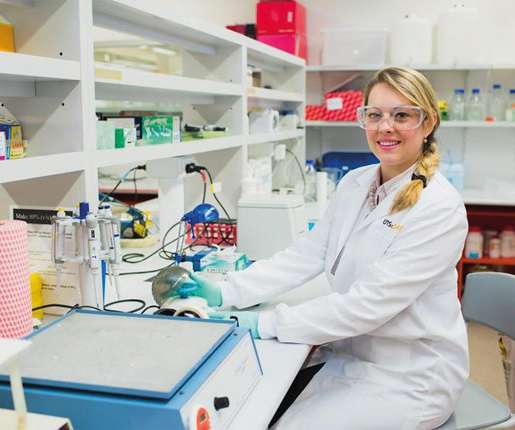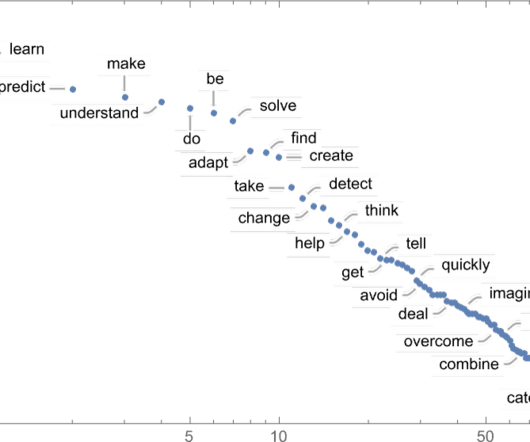How we read: the neuroscience behind literacy
Futurum
SEPTEMBER 5, 2023
Literacy skills have a profound impact on a person’s life,” says Dr Jacqueline Cummine, a professor at the Faculty of Rehabilitation Medicine – Communication Science and Disorders at the University of Alberta. They won first place for Outstanding Communication! (©












Let's personalize your content